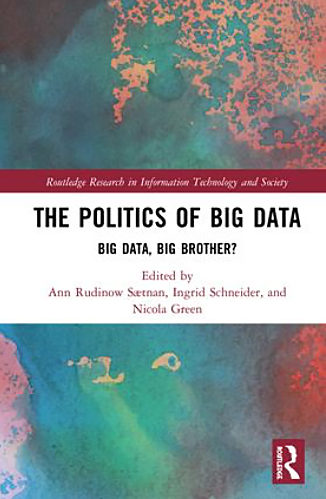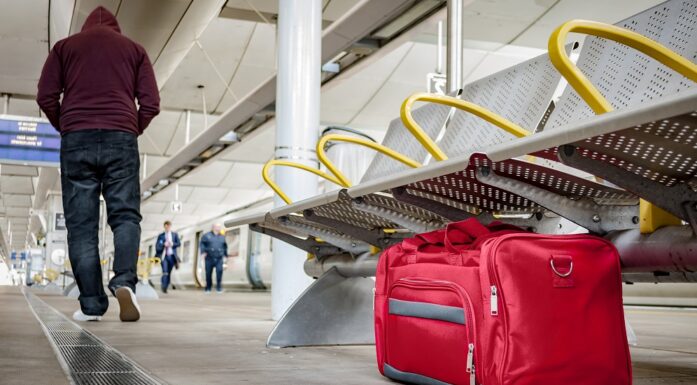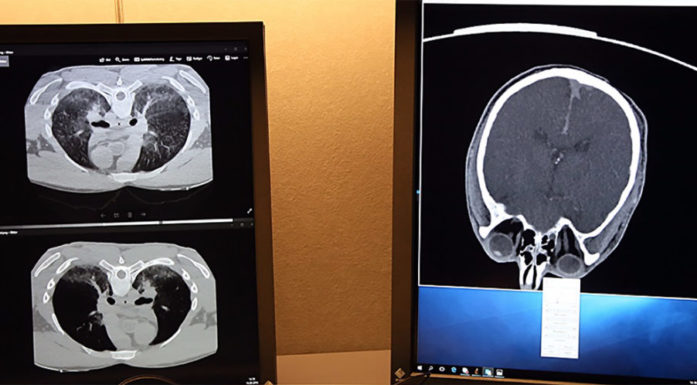Big data doesn’t prevent terror
We leave behind digital traces all the time. This information reveals a lot about people. But it won’t help us catch terrorists, one researcher says.
Intelligence agencies like to collect as much data on people as possible in the fight against terrorism. But whether this will prevent terrorist attacks is far from certain.
“Big data is good for a lot of things, but not for capturing terrorists,” says surveillance researcher and professor Ann Rudinow Sætnan in NTNU’s Department of Sociology and Political Science. She has been working on surveillance issues since 2001.
Big data involves storing and processing huge amounts of information at high speeds.
Each time you log in to a website, use an app or perform a transaction with your bankcard, it gets registered. The same goes for Facebook, Twitter and other social media. Anything online can potentially turn into someone’s big data.
But can this abundance of information also be used in the pursuit of potential terrorists?
“No” is the consensus of 25 international community researchers who want to deconstruct myths with their book The Politics of Big Data, which Professor Sætnan edited.
Almost impossible to find
“It’s almost impossible to use big data to pick out individuals who are planning a terrorist act,” says Sætnan.
People who do intelligence work spend a lot of time collecting communications from digital channels. Basically, they find all the digital traces we deposit to be of interest.
Given the many terrorist attacks, enough information about potential terrorists is already available. But big data searches were have not been able to pinpoint the terrorists before they attack.
“Good old-fashioned police work could have uncovered terrorists, but not big data as such. It wasn’t a lack of data, but rather a lack of systems, expertise and capacity that led to the terrorists not being detected before the Boston Marathon, Charlie Hebdo and 9/11 attacks,” Sætnan believes.
Doesn’t rule out innocent people
The fight against terror is already being conducted using big data, and US intelligence leaders believe that big data offers terrorist control.
But just how much data should be gathered and what should be available for intelligence work are important questions for a democratic society.
Big data and the hunt for terrorism
Ann Rudinow Sætnan believes the following issues stand in the way of using big data in the terrorist hunt:
- Accuracy is poor. It's like trawling for fish when a harpoon is really the right tool.
- All people have biases, so there is no such thing as raw and independent data. The creator of the questions influences the data and questions we ask.
- Hacking, fake identities and errors in proofreading mean we cannot trust the data completely. The more data there is, and the faster it flows in, the harder it is to fact check.
- Merging data sets changes the context and meaning of some information, making the information less accurate.
- Increasing the amount of data does not help, because then the accuracy is reduced.
- Merged datasets contain many coincidental patterns that do not make sense. There is even a separate website for such spurious correlations.
- Data collected for one purpose cannot simply be used for another purpose, because it can end up being both misleading and illegal.
- Big data can provide good answers when wrong answers have only minor consequences, but it is dangerous to make mistakes when searching for terrorists, which can result in either overlooking a terrorist or misidentifying and killing an innocent person.
Former NSA lawyer Stewart Baker has stated that if they just have enough metadata, it will provide everything they need to know about a person’s life. “Just having enough data” can evidently provide the answer to most things.
One possibility for liquidating suspected terrorists could be to use drones to aim at and shoot people’s mobile phones. The hope is that the person near the phone is the suspect that is being hunted down.
And this is a major problem.
Big data is lousy at ruling out innocent people. If innocent people happen to be sitting by the targeted phone, they can be killed too. This may end up creating even more terrorists.
Statistics and the terrorist hunt
Sætnan believes that big data is not suitable for tracking down terrorists before an attack takes place.
“Technology optimists who believe big data can solve most of our social problems need to learn basic statistical rules and recognize the obvious limitations,” she says.
Sætnan has long experience with large amounts of data and many years as a surveillance researcher behind her. She knows the problems that arise when we mix data sets, which you can read more about in the fact box.
Large datasets are usable when we want to improve the target percentage by a few percentage points. They can also be good at highlighting possible patterns to research further.
Big data is useful and can be used in medicine, marketing, product development and other areas where we’re not looking for a needle in a haystack, but trying to find clusters and patterns.
“But if we’re going to use big data to capture terrorists, we’ll need to redefine terrorism to apply to groups of people with a certain background, and we’ll have to expect a number of innocent people to become victims in the fight against terrorism.
Source: The Politics of Big Data. Edited by Ann Rudinow Sætnan, Ingrid Schneider, and Nicola Green.





